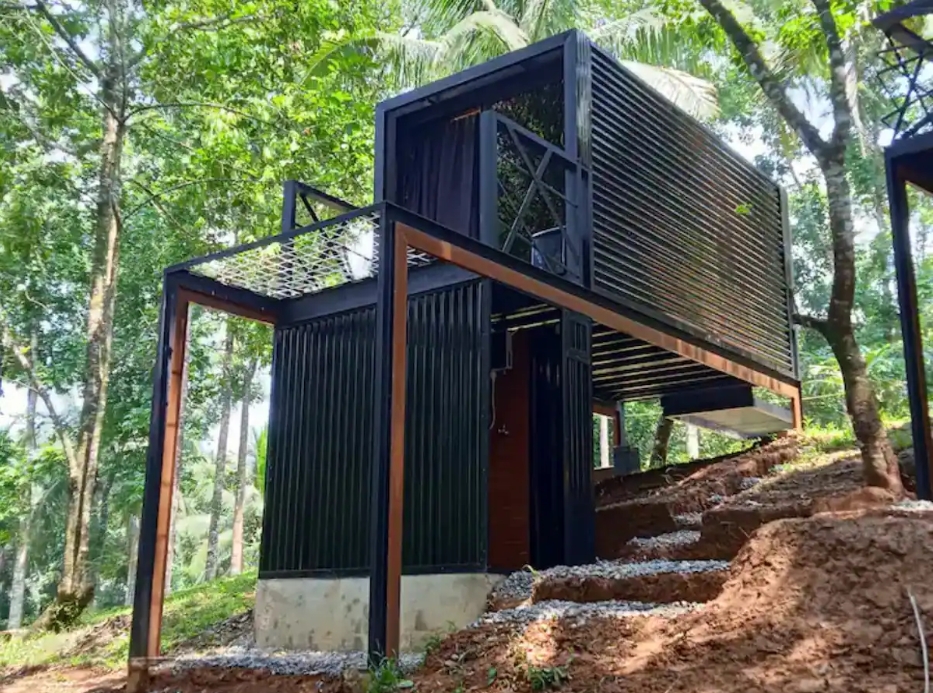Prefabricated houses, as temporary structures, are often used in various scenarios, but their susceptibility to leakage issues is a challenge that cannot be ignored. So, what should be considered to prevent leakage issues in prefabricated houses? Let's find out.

Firstly, choosing suitable building materials is crucial. High-quality waterproof materials should be used for the roof, walls, and other parts of prefabricated houses to ensure effective waterproofing even in adverse weather conditions. Additionally, attention should be paid to sealing during installation to ensure tightness at all connections and reduce the possibility of leaks.
Secondly, regular maintenance and inspection are key to preventing leakage issues. Regularly inspecting the roof, walls, windows, and other parts of prefabricated houses, repairing problems promptly, and preventing minor issues from becoming major troubles. Moreover, timely removal of roof water accumulation and clearing blocked rainwater drainage pipes are also effective measures to prevent leakage.
Furthermore, a properly designed drainage system for prefabricated houses is also an important preventive measure. Ensuring the roof slope is appropriate so that rainwater can flow smoothly towards the drainage outlet, avoiding water accumulation that leads to leakage issues. Additionally, consider adding eaves, canopies, and other waterproof facilities during design to further enhance the waterproofing capability of prefabricated houses.
In conclusion, preventing leakage issues in prefabricated houses requires attention to building material selection, regular maintenance and inspection, and the rational design of drainage systems. Only by considering various aspects comprehensively can leakage issues in prefabricated houses be effectively prevented, ensuring safety and comfort during use.